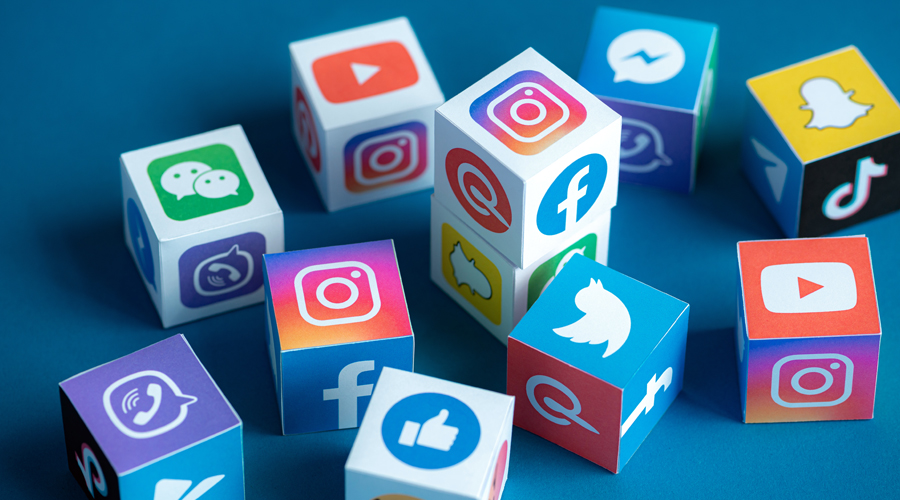Why is an ostrich egg like a Twitter feed? This may sound like one of Mad Hatter’s imponderable queries from Alice in Wonderland, but in reality, the answer is quite simple: they are both means of communicating with people. A decade-long study of more than 1,500 beads made from ostrich eggshells found across Africa has revealed a 50,000-year-old social network. Long before Mark Zuckerberg came up with the idea of Facebook, ‘primitive’ people in Africa were making and wearing beads to communicate symbolic messages about social status, wealth or position in society. There is now scientific evidence to suggest that modern-day social media emerged out of a long, illustrious ancestry — from Cicero’s sophisticated exchange of letters and other documents, which were copied, commented upon, and shared with others in the form of papyrus rolls, to Voltaire’s Republic of Letters — a vast and intricate network of intellectuals, disseminating the finest ideas of the Enlightenment across national borders and language barriers, to Félix Fénéon’s analog Twitter — succinct three-line reports in a Paris newspaper — in early 20th-century France.
There is even more distressing news not only for Mr Zuckerberg the Whizz-kid but also the modern, conceited homo sapiens and their condescension of all things primitive. Scientific research shows that their ancestors’ brains appear to have evolved specifically to process social information to enable them to function more effectively in groups. Indeed, the march of civilization could well have been predicated upon this web of information that was used imaginatively to usher in change. ‘Social media’ — pamphlets, letters and so on — have been found to have played a role in the Reformation and in the American and French revolutions. In fact, pre-modern social media could well have been a badge of resistance: it mobilized public opinion to expose the tyranny of regimes. Unlike the timid, profiteering, pro-Establishment Meta, the original social media exhibited discernible democratic leanings.
Ironically, users of ancient social networks would have been shocked by the conduct of their modern cousins. The ubiquity of the exchange of information has not only trivialized the public discourse but also made it toxic. There is also evidence of oppressive regimes exploiting social media platforms to spread propaganda and snoop on citizens. One journalistic study in Egypt found that social media makes it possible for governments to identify activists and punish them for their righteous campaigns. This has a striking resemblance to India’s crackdown on civil society activists at a time when democracy, studies have shown, has been put on the backfoot by democratically-elected authoritarian regimes.
Yet, as John Milton noted in his defence of media liberty, greater freedom of expression means that bad ideas will proliferate as well as good ones, but it also means that bad ideas are more likely to be challenged. There is a line of thought that it is better to provide an outlet for bigotry and prejudice, so that they can be argued against and addressed, than to pretend that such views, and the people who hold them, do not exist. It is in this function of the proverbial mirror that old and new social networks intersect.











